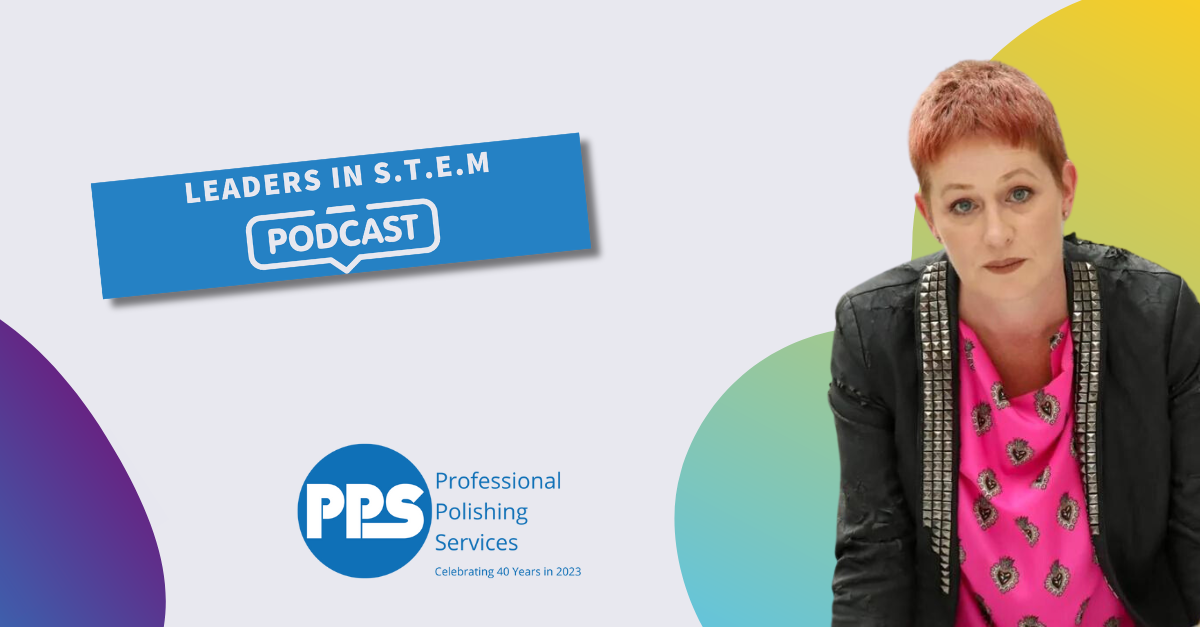What are vanity metrics (and are they all bad)?
We are in the age of near-limitless data. Want to know your favourite Tesco meal deal, according to #Science? Thanks to your Clubcard logging your data, now you can!
Our obsession with data, and making data-driven decisions, is here to stay, but so is the sheer number of different metrics.
Which begs the question: how many of them are really worth analysing? One of our TikToks recently got over 22,000 views – naturally, I crowed about this in the office. It felt like something worth celebrating! But after a little while, it was pretty obvious that our 1,000 likes had not translated into a single lead. And honestly? I had expected that. Our ICP isn't really on TikTok.
I had come face-to-face with a ‘vanity metric’. And it had been oh so tempting to grab onto its existence and never let go.
And so, my deep dive began: what are vanity metrics, and are they all bad?
What are vanity metrics?
Vanity metrics are like glitter: they catch your eye and look pretty, but they don’t do anything else (other than keep reappearing for months despite multiple rounds of hoovering). These are typically things like video views, follower numbers, or page views – where you have very little solid link between the metric and the outcome. In B2B, that’s probably lead generation.
The problem is that it’s easy to view these as measures of success, when their impact on your business may be rather limited.
A comparison would be with a Big Mac—quick to eat, momentarily gratifying, but of little-to-no nutritional value.
Eating a Big Mac every day is not a balanced meal, a bit like obsessing over vanity metrics isn't going to do your marketing any good.
What do they look like?
Okay, so what do vanity metrics look like? Great question! Like everything, the usefulness of some of these metrics will differ from others, and depend on your business. That feels like a copout, but trends between metrics can be vastly different from account to account.
Broadly though, these are some key B2B vanity metrics:
Social Media Followers:
High follower counts can be alluring, I get it. But how many accounts have you seen with tens of thousands of followers, but very little active engagement on their posts? And if their engagement is low, their lead generation may well be low, too.
Emails Sent:
Sending a lot of emails is a great way to feel productive. But that doesn’t mean your emails are being opened or their links clicked on. It doesn’t even mean they’re landing in inboxes!
Page Views:
Page views can show you the way towards other issues – if content sees a spike, or a dip, it’s worth looking into further – but alone it doesn’t tell you anything about how engaged with each page your visitors are.
Impressions:
This is essentially the page views of the social media world. It doesn’t really tell you anything, other than how much an algorithm likes or dislikes you and your content.
Downloads:
The total count of how many times a piece of content was downloaded by users. High download numbers can be misleading if not correlated with actual usage or retention rates, or not considered with your prospects’ typical buying journeys.
Okay, so why are they bad?
The main issue with vanity metrics is how deceptive they can be, feeding our desire for success without explicitly leading to new leads or generating new business. Because that’s sort of our job, right? Going viral is less likely to be appreciated than increasing form submissions by 100%.
On that note, they can contribute to a hazy view of what’s happening with your marketing—hiding issues that go unaddressed.
Here are some high-level examples:
High Webinar Attendance and Signups:
Hosting webinars that attract many attendees might seem successful, but if few attendees convert into qualified leads or customers, there could be a misalignment between the topic presented and the needs or interests of the target audience. This situation might suggest problems with audience targeting or follow-up strategies.
Skewed Marketing Strategies:
You might focus on tactics that generate high vanity metrics, mistakenly believing you are on the right track while neglecting strategies that drive real business growth. Not only does this not mean progress, but it can also lead to a regression in your marketing results—plants that don’t get watered don’t tend to fare too well.
Social Media and Brand Risk:
Okay, so maybe you decide you want to build up a TikTok or Instagram following. These platforms thrive on short-form, easily digestible content pushed to as many people as humanly possible. Which leads to everyone and their mother posting memes on there (us included!). For some businesses, a lack of consistency of tone or seriousness is something to consider heavily—is brief virality worth damaging your brand?
But really, above everything else: vanity metrics are unpredictable. Take my TikTok video from earlier; part of getting vast amounts of exposure is down to sheer luck. Right content, right time.
‘Vibes only’ is not a great marketing strategy…
But it’s not all bad… right?
Of course not!
I don’t want to pretend that vanity metrics are all doom and gloom. While it’s easy to get wrapped up in so-called vanity insanity, it’s important to recognise the times and places where vanity metrics can begin to point towards the bigger picture.
Here are a few specific contexts.
Let’s take brand awareness, a cornerstone of demand generation strategies. Demand generation is the idea your content and brand are reaching the people it needs to when it needs to. An increase in followers can indicate that more people are generally aware of your brand. It offers no promise of business or engagement, but more people know about you. It’s worth noting that.
Once you’ve got those followers, you can begin to consider the engagement they bring. Where does it land? Which content is most engaged with? What are the variables surrounding that content (ie. Publication time, images/no images, emojis, etc)?
The content that your ideal customer is engaging with is a good signpost towards the type of content you could continue to make, slowly nurturing prospects, or converting them into leads further down the line.
You could use your vanity metrics as a jumping-off point and start some A/B testing. For instance, testing open rates on different email subject lines. Not necessarily the world’s most exciting angle, but your vanity metrics could be a great jumping-off point for a deeper look at the metrics that matter.
How to use Vanity Metrics sensibly
We’re never going to be rid of vanity metrics, and they’re not wholly worthless. To use vanity metrics effectively in your reporting and data analysis, you should probably:
Contextualise your data, considering how vanity metrics fit into the wider context of growth metrics. Understanding the relationship between page views and meetings booked provides more depth to how your website’s CTAs are working, for example.
Use vanity metrics in conjunction with actionable metrics that have a direct relationship to business outcomes—like the number of opportunities, or lead conversion rates.
Looking at vanity metrics over time, and seeing how they fit in with wider trends, is always more insightful than knee-jerk reactions to short-term changes.
Set some clear objectives! Vanity metrics may be very helpful for your business; it’s worth defining what they mean for your business objectives and how they can realistically contribute to your company’s goals.
Conclusion
Vanity metrics are not inherently bad; like so many things in marketing, their value is dependent on how you use them. While they can offer good oversight into longer-term trends, or parts of your marketing like brand awareness, they are not the be-all and end-all. And I suspect you already knew that.
Everything we do in marketing nowadays needs to be justifiable—to your C-Suite, to stakeholders, and even to people in your team. Data is the best way to do this, but make sure you’re sharing the metrics that matter, not just the metrics that flatter.
The goal is not just to look good, it’s to do good.


.png)
